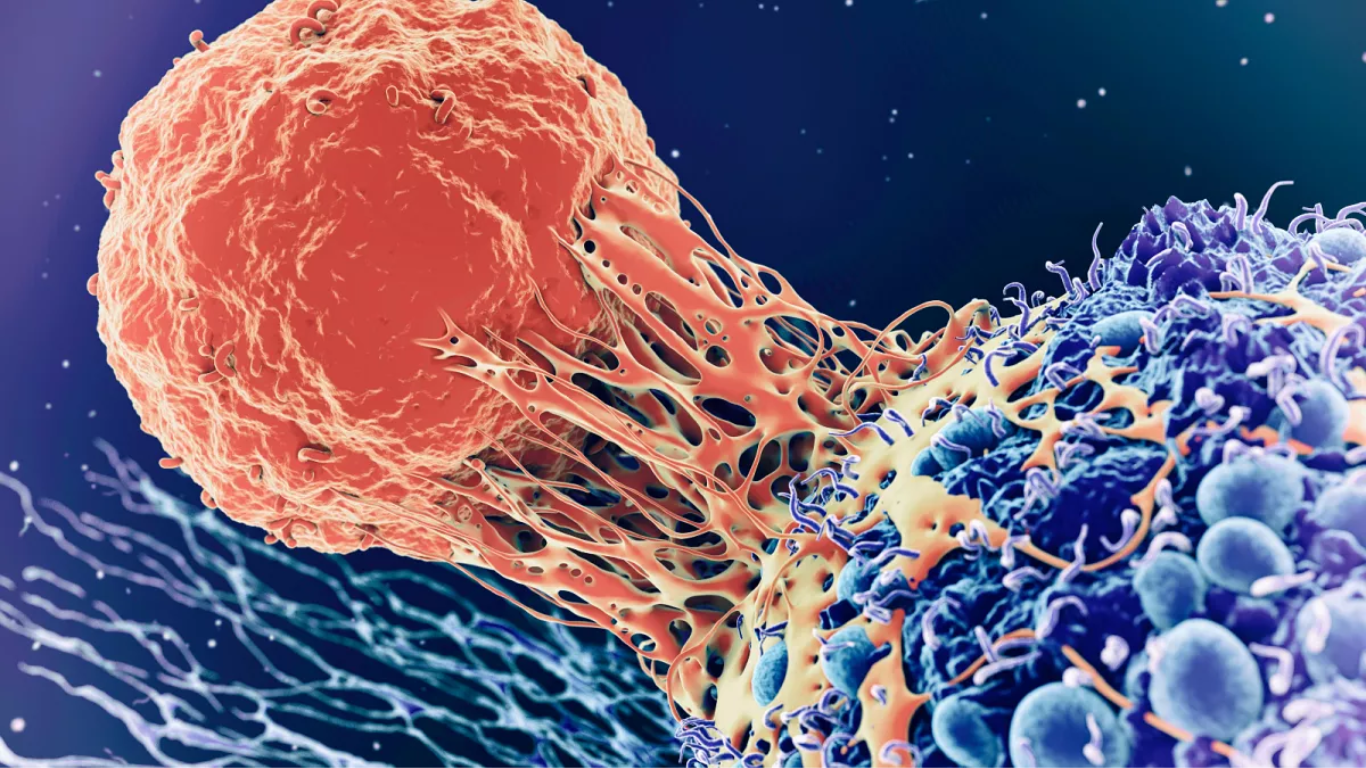

A recent study has presented concerning findings regarding the deteriorating overall health situation in India. Released by the Indian multinational healthcare group Apollo Hospitals, the report paints a troubling picture of the country’s health landscape, now dubbed as “the cancer capital of the world,” due to the soaring instances of cancer and other non-communicable diseases nationwide.
The report serves as an urgent call to action, aiming to draw attention to what the authors describe as a growing “silent epidemic” demanding prioritized intervention from every corner of Indian society.
Despite registering over a million new cases annually, India’s cancer incidence rate still trails behind countries like Denmark, Ireland, and Belgium, which report some of the highest cancer rates globally. It also remains lower than the United States, with 100 cases per 100,000 people compared to 300 in the U.S.
However, this could soon change as India undergoes what experts refer to as an “epidemiological transition.” The study reveals alarming statistics, with one in three Indians classified as pre-diabetic, two in three as pre-hypertensive, and one in 10 grappling with depression. Chronic ailments such as cancer, diabetes, hypertension, cardiovascular diseases, and mental health disorders have now escalated to “critical levels” across the country.
Of particular concern is the projected surge in cancer cases, expected to outpace global averages, escalating from 1.39 million in 2020 to 1.57 million by 2025. Breast cancer, cervix cancer, and ovarian cancer are the most prevalent forms among women, while lung cancer, mouth cancer, and prostate cancer are predominant among men. Strikingly, India deviates from global trends, with more women diagnosed with cancer than men, contrary to the global pattern where men usually report a 25% higher incidence. Furthermore, certain cancers are affecting younger demographics earlier than in countries like the U.S., U.K., and China, with the median age for lung cancer notably lower in India.
The high prevalence of cancer is attributed to a combination of environmental and socioeconomic factors, including pollution levels and lifestyle choices. Nearly 40% of cancer cases in India stem from widespread tobacco use, significantly heightening the risk of lung, oral, and throat cancers. Additionally, factors like poor dietary habits and insufficient physical activity contribute to 10% of cases.
The report additionally raises concerns about an impending healthcare crisis throughout the nation due to a surge in obesity rates (from 9% in 2016 to 20% in 2023) and hypertension (from 9% in 2016 to 13% in 2023). Furthermore, pre-diabetes, prehypertension, and mental health disorders are emerging at increasingly younger ages, while the prevalence of obstructive sleep apnea among Indians has escalated significantly.
Dr. Preetha Reddy, Vice Chairperson of the Apollo Hospitals Group, emphasized the critical importance of health in the nation’s development. “We firmly believe that fostering a unified approach across the healthcare ecosystem and the nation is imperative to effectively combat non-communicable diseases,” she stated.
The experts underscored the significance of regular health screenings, including the monitoring of blood pressure and body mass index levels, to mitigate the risk of cardiovascular-related ailments. Although India currently implements screening programs for oral, breast, and cervical cancer, national data indicates screening rates of less than 1%. Nevertheless, the latest report acknowledged a positive trend, noting that “individuals are increasingly opting for more comprehensive health assessments,” signaling progress towards promoting health and well-being.
However, the experts cautioned that health screenings must expand their coverage nationwide. They emphasized the necessity of prioritizing investments in health infrastructure, promoting preventive healthcare measures, and addressing health disparities to achieve this goal in the long run.
US President Donald Trump is set to unveil new tariffs on auto imports this Wednesday,…
President Donald Trump has pledged to examine the circumstances surrounding the death of Ashli Babbitt,…
The tragic death of a 17-year-old medical aspirant in Kota has once again put the…
Canadian Prime Minister Mark Carney has issued a stark warning about the economic impact of…
A humble juice seller in Aligarh, who operates a small stall in the district court…
The Directorate of Revenue Intelligence (DRI) has made a third arrest in the high-profile Ranya…